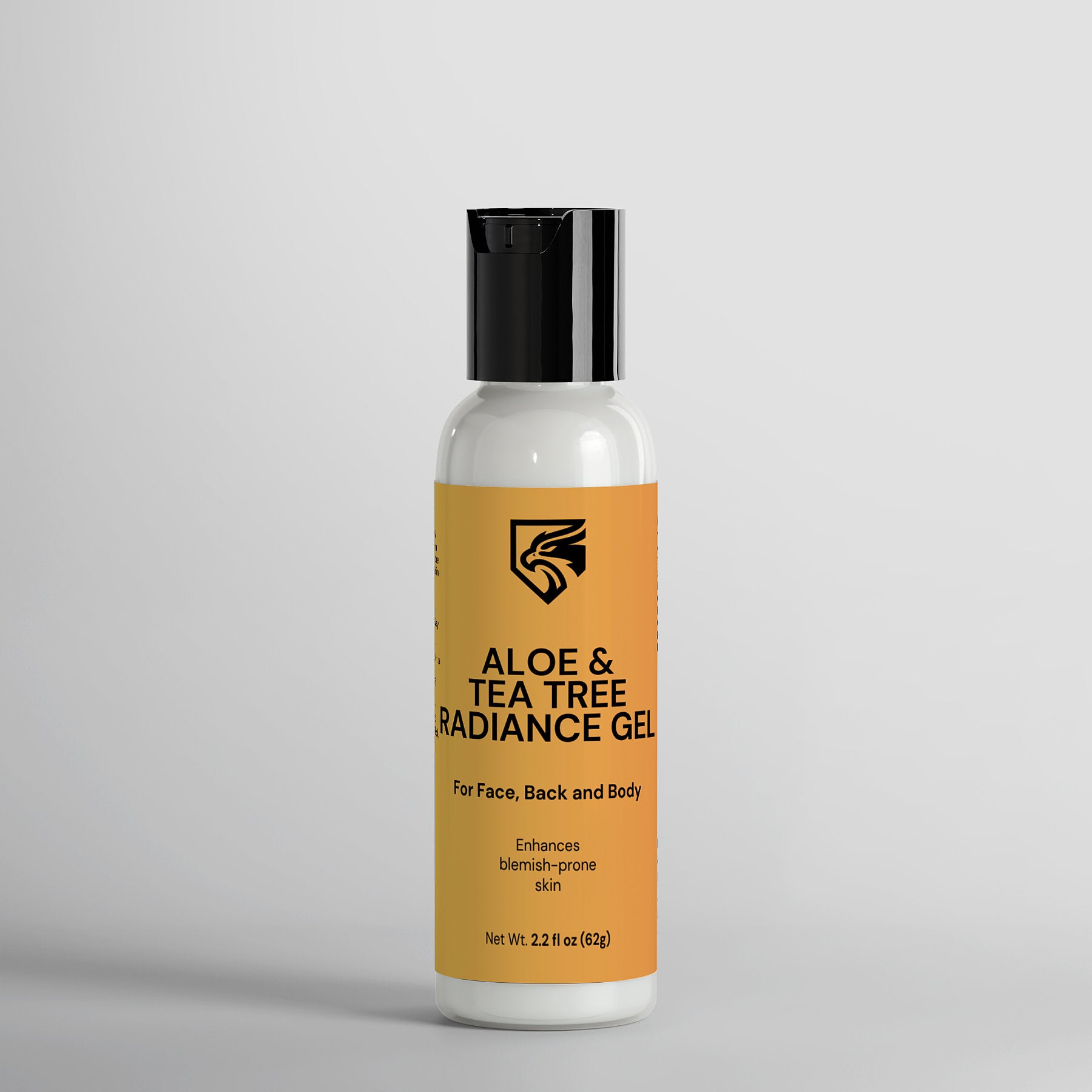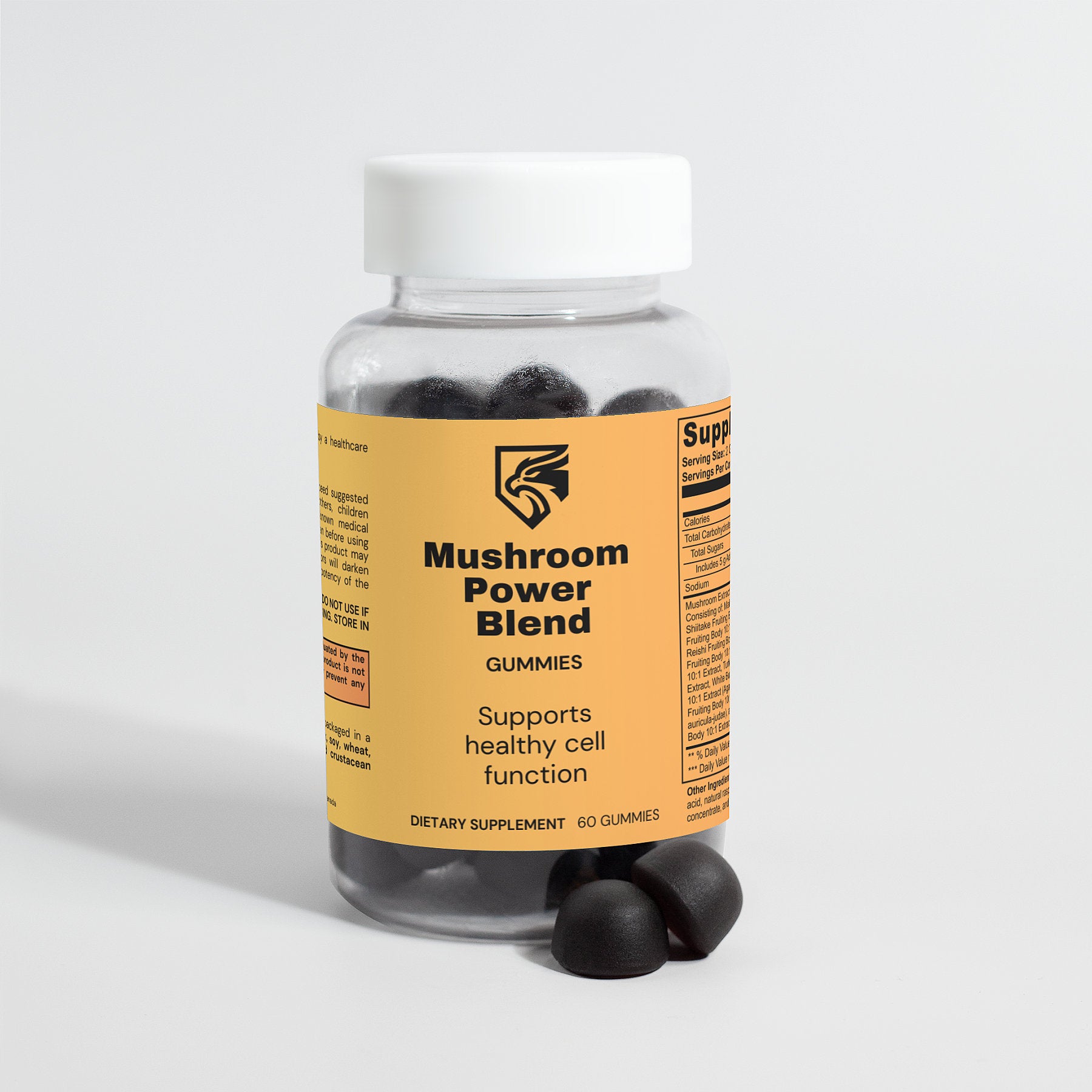Introduction:
Testosterone, often referred to as the quintessential male hormone, plays a pivotal role in various aspects of human physiology. From influencing libido and muscle mass to regulating mood and cognition, testosterone is instrumental in maintaining overall health and well-being, particularly in men. However, as individuals age, the levels of this hormone undergo significant changes, leading to various physiological and psychological effects. Understanding the dynamics of testosterone throughout the aging process is crucial for comprehending its implications on health and quality of life. In this comprehensive exploration, we delve into the intricate relationship between testosterone and aging, examining how hormone levels evolve over time and their impact on various aspects of health.
Understanding Testosterone:
Testosterone is a steroid hormone primarily produced in the testes in men and in smaller quantities in the ovaries in women. In men, the Leydig cells in the testes are responsible for testosterone production, while in women, it is produced primarily in the ovaries and adrenal glands. Although commonly associated with men, testosterone also plays essential roles in women's health, influencing aspects such as libido, bone density, and muscle mass.
Testosterone levels are regulated by a complex interplay of signals involving the hypothalamus, pituitary gland, and testes (in men) or ovaries (in women). The hypothalamus secretes gonadotropin-releasing hormone (GnRH), which stimulates the pituitary gland to release luteinizing hormone (LH) and follicle-stimulating hormone (FSH). LH, in turn, signals the testes to produce testosterone. This tightly regulated feedback loop ensures that testosterone levels remain within a certain range to support physiological functions.
Changes in Testosterone Levels with Aging:
As individuals age, the endocrine system undergoes various changes, leading to alterations in hormone levels, including testosterone. In men, testosterone levels typically peak during early adulthood and gradually decline with age. Research suggests that testosterone levels may start declining as early as the third decade of life, with a more pronounced decrease occurring after the age of 40. By the time men reach their 70s and 80s, testosterone levels may have declined significantly compared to their younger counterparts.
Several factors contribute to age-related declines in testosterone levels. One primary factor is the gradual decline in Leydig cell function in the testes, resulting in reduced testosterone production. Additionally, changes in hormone-binding proteins, such as sex hormone-binding globulin (SHBG), can affect the availability of free testosterone in the bloodstream. Moreover, lifestyle factors, such as obesity, sedentary behavior, and chronic illness, can further exacerbate declines in testosterone levels.
In women, testosterone levels also decline with age, albeit to a lesser extent compared to men. The decline in testosterone production is primarily associated with changes in ovarian function during menopause. As women transition through menopause, there is a gradual decline in ovarian follicles and a subsequent decrease in androgen production, including testosterone. However, testosterone continues to play a role in women's health beyond menopause, influencing libido, bone density, and muscle mass.
Effects of Declining Testosterone Levels:
The decline in testosterone levels with aging can have wide-ranging effects on both physical and psychological health. In men, some of the most common manifestations of low testosterone, or hypogonadism, include:
-
Reduced libido and erectile dysfunction: Testosterone plays a crucial role in maintaining sexual function and libido in men. Declining testosterone levels can contribute to decreased sexual desire and difficulties achieving or maintaining erections.
-
Loss of muscle mass and strength: Testosterone is an essential hormone for muscle development and maintenance. Decreased testosterone levels can lead to muscle loss, weakness, and reduced physical performance.
-
Increased body fat and metabolic changes: Low testosterone levels have been associated with increased body fat accumulation, particularly around the abdomen. This redistribution of fat can contribute to an increased risk of metabolic conditions such as insulin resistance and type 2 diabetes.
-
Decreased bone density: Testosterone plays a vital role in maintaining bone health and density. Low testosterone levels can accelerate bone loss, leading to an increased risk of osteoporosis and fractures in older men.
-
Mood changes and cognitive decline: Testosterone influences mood, energy levels, and cognitive function. Low testosterone levels have been linked to symptoms of depression, fatigue, and cognitive decline in some men.
In women, the effects of declining testosterone levels may include:
-
Decreased libido and sexual function: Testosterone contributes to sexual desire and arousal in women. Declining testosterone levels during and after menopause can lead to reduced libido and sexual satisfaction.
-
Loss of muscle mass and strength: Similar to men, testosterone plays a role in maintaining muscle mass and strength in women. Decreased testosterone levels can contribute to muscle weakness and loss of muscle tone.
-
Changes in bone density: Testosterone plays a role in maintaining bone health in women as well. Declining testosterone levels during menopause may contribute to decreased bone density and an increased risk of osteoporosis.
-
Mood changes and cognitive function: Testosterone influences mood, cognition, and overall well-being in women. Low testosterone levels may contribute to symptoms of depression, anxiety, and cognitive decline in some women.
Management of Age-Related Testosterone Decline:
Given the potential impact of declining testosterone levels on health and quality of life, there is growing interest in strategies to manage age-related testosterone decline. In men diagnosed with hypogonadism, testosterone replacement therapy (TRT) may be recommended to restore testosterone levels to within the normal range. TRT can be administered via various methods, including injections, transdermal patches, gels, and implants. However, it is essential to carefully monitor testosterone levels and manage potential side effects associated with TRT, such as polycythemia, fluid retention, and prostate enlargement.
In addition to pharmacological interventions, lifestyle modifications can also help optimize testosterone levels and mitigate age-related declines. Regular exercise, particularly resistance training, has been shown to increase testosterone levels and promote muscle growth in both men and women. Maintaining a healthy weight, eating a balanced diet rich in nutrients, and managing stress levels can also support overall hormonal balance.
Conclusion:
Testosterone plays a critical role in various aspects of health and well-being throughout the lifespan. As individuals age, testosterone levels undergo significant changes, leading to various physiological and psychological effects. Understanding the dynamics of testosterone and aging is essential for recognizing the implications of age-related hormone decline and implementing appropriate interventions to support health and quality of life. By exploring the complex interplay between testosterone levels, aging, and health, we can better address the unique needs and challenges associated with hormonal changes in both men and women.







Leave a comment
All comments are moderated before being published.
This site is protected by hCaptcha and the hCaptcha Privacy Policy and Terms of Service apply.